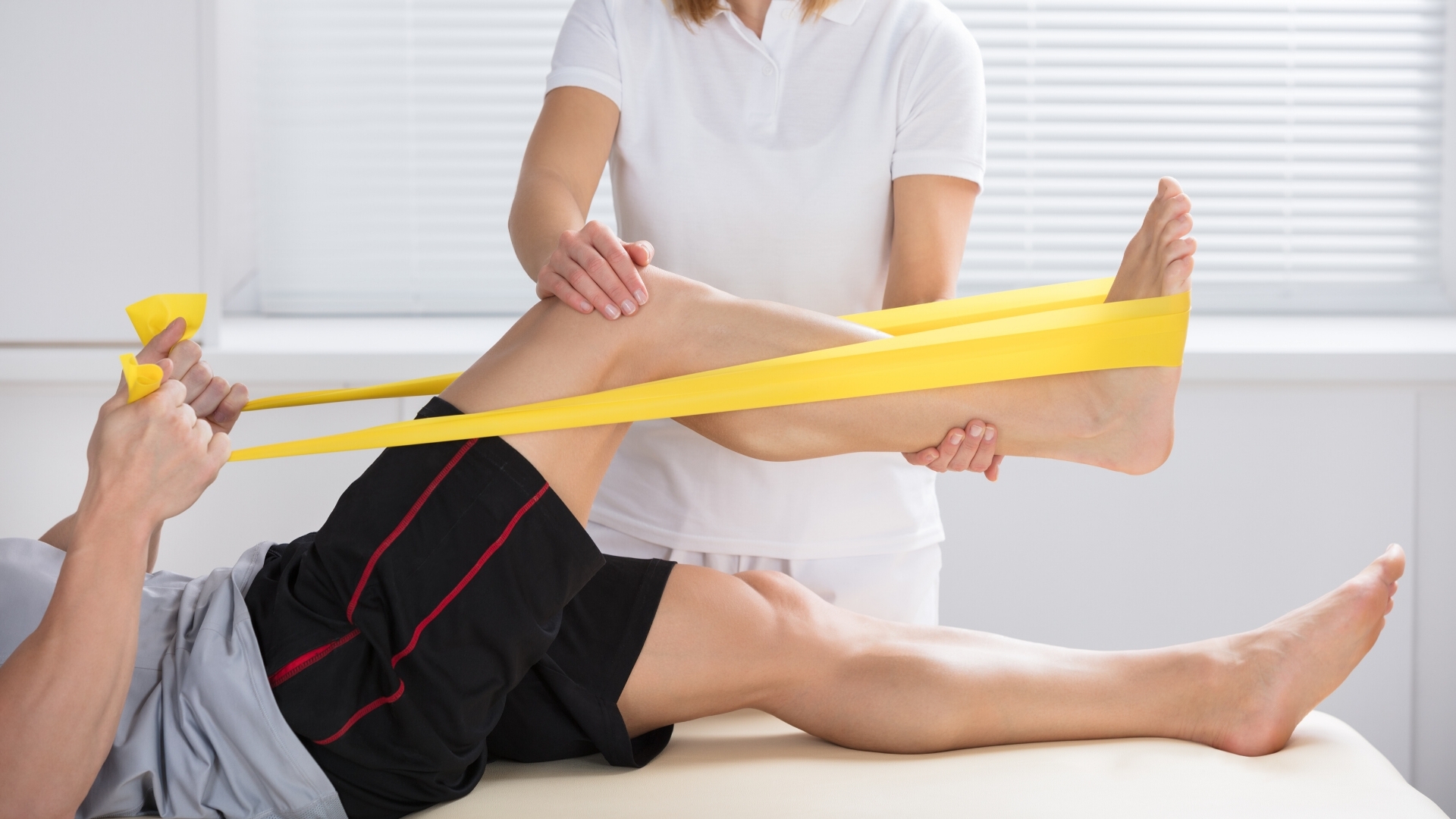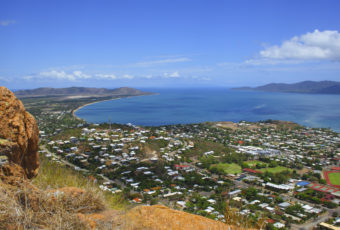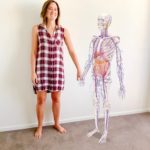
OzTREKK student gives us the inside scoop about the Melbourne physiotherapy program
We’ve got lots of program spoilers in this OzTREKK student blog! So if you’re a future Melbourne physiotherapy student, heads up!
Meet Melbourne Physiotherapy School graduate, Eric Leckie. He began his studies in semester 1, 2016, and he has a ton of helpful tips for everyone getting ready to study the Doctor of Physiotherapy at Melbourne. What should you know before you start your program? Is there a learning curve? How intense is the program?
If you’d like the answers to the above questions—and a whole lot more—read on!
Why physio?
My decision to study physiotherapy came from a couple of directions. I think that the main reason for me choosing physiotherapy came from my experiences with my dad. When I was in Grade 8 my dad was diagnosed with a pretty serious disease that caused him to deteriorate over three years and then spend an additional 80 days in the hospital to receive an organ transplant. As you can imagine, after spending 80 days in the hospital, his body deteriorated quickly.
After the transplant I was able to watch the physiotherapists work with my dad to help him get his strength back, restore his confidence, and basically teach him how to walk again. It was truly incredible! It was a long rehabilitation journey but they never gave up on my dad and that resulted in a very successful rehabilitation. Furthermore, the impact that these health professionals had on me can’t even be put into words.
All I knew from that point on was that I want to impact patients and patients’ families in the same way that the team of healthcare professionals impacted me and my family. I was truly inspired and I immediately started choosing my classes in high school to meet the prerequisites to apply to the Bachelor of Human Kinetics program at the University of Windsor, to start the process of studying to become a physiotherapist.
Choosing where to study
I chose the University of Melbourne for multiple reasons. Firstly, I did a lot of research into Australian physiotherapy schools and the University of Melbourne definitely had one of the best reputations for their Doctor of Physiotherapy degree compared to other universities in Australia. Not only is the university consistently ranked among the leading universities in the world, it’s also consistently ranked in the top three in Australia.
Considering the fact that I would be studying in Australia for three years, I wanted to make sure that I was moving to a cool city that has lots going on socially. And after you live in Melbourne for a few months, it’s easy to see why Melbourne won the “world’s most livable city award” six years in a row.
There are plenty of events and festivals going on year round, the city is extremely easy to find your way around using public transport, and it’s very culturally diverse. This city has a huge professional sporting scene, thousands of amazing restaurants and bars, multiple beaches… the list goes on. Melbourne truly has something for everyone.
Advice? Know your anatomy
In the first week of class you’ll start practicals and you can expect to be singled out in your practical class to name the origins and insertions of specific muscles as this is the time in the semester where professors go over muscle palpation. Let me tell you, there is nothing more embarrassing than not knowing your anatomy and drawing a blank when getting singled out in front of your fellow classmates that you literally just met.
My advice for anyone starting the Melbourne physiotherapy program would be to immediately check the university’s website to see which anatomy textbook they recommend, go and buy it at the book store and start studying it every night before you begin classes. Like I said above, although the course is very intense right from the beginning, you’ll come to appreciate this because it forces you to know your anatomy concepts very well, and since you’re in physiotherapy, you’re going to need to know them like the back of your hand anyways.
Lastly, at the end of each semester you will have objective structured clinical examinations (OSCE). These are practical exams where you perform palpations, and various other tests and techniques you learned in practical classes, in front of professors who grade you. The best advice I can give to prepare for these OSC exams would be to practice all the practical skills you learn in pracs at least once a week. Yes, you’re going to be bogged down with your other classes, but you’ll be glad you practiced regularly once exam time comes around.
Other than that, my advice to you would be to go into each lecture focused and ready to learn. Looking back, the amount you learn in first semester is truly incredible. Find a good group to study with right from the beginning, make it a habit to study and review every night, and you’ll be just fine.
A warm welcome
The entire faculty works really hard to make sure everyone feels welcome and at home. There is a good mix of international students in the physiotherapy cohort which is nice because we’re all in the same boat together. I can honestly say that every professor I encountered in my first year of study made it their top priority to make sure that everyone is on the same page. This is important because I, along with other international students, found the teaching and marking styles in Australia to be completely different compared to those in Canada which made for quite the learning curve in first semester. Furthermore, professors at Melbourne Uni all have open-door policies and encourage you to go and see them for any issues you might have. They also understand that it’s a tough transition for international students who have just left home and moved across the world to study here in their country, and will offer plenty of tips and advice to ensure everyone has a smooth transition.
The learning curve
Coming into the Doctor of Physiotherapy, I knew it was going to be pretty full on, as expected of any post-grad degree. For myself, first semester was very much a learning curve and adjustment semester. It was tough because first semester is also very intense academically. In this program, professors waste no time in diving right into material. But like anything new that you’re faced with in life, you adapt and it eventually gets easier.
The classes are very challenging and the professors do expect a lot out of you. I found this to be a good thing though because you’re not in undergrad anymore. In the physiotherapy post-grad program, professors work you really hard because they want to produce the best physiotherapists possible, and for that I actually really appreciate all the work they make you do. You can expect full days of classes and then an extra of 1–2 hours of extra studying each night so that you don’t fall behind. Readings for each class are expected to be completed before each practical and each lecture for the following day.
Making friends
To be honest, don’t expect to have much of a social life if you enroll in this program. If you’re used to hanging out with your friends most nights, going to bars every weekend, and watching Netflix instead of studying every night, you’re going to be in for a big change! This all comes with the transition and you’ll find that you adapt really fast. For myself, I didn’t mind the change in my social life because I knew I was paying a lot of money to study here and learn at a reputable university.
However, making friends is very easy in this program. Everyone has the same classes together each day so it’s quite easy to become acquainted with everyone if you make the effort! OzTREKK puts together a Facebook group with all the international students enrolled in the same course at each university and this made it really easy to make friends with other Canadians and Americans as soon as I arrived here in Melbourne.
Study preparations
Honestly, there’s not a whole lot you can do to prepare yourself for studying here in Australia. Professors recognize that everyone is coming from different academic backgrounds and they do a really good job in the first couple of months making sure that everyone is up to speed and meeting their academic expectations and level of knowledge. Again, I wish I would have reviewed my anatomy more before coming into this course because first-semester foundations was just a killer. In my undergrad I competed two anatomy courses and multiple physiology courses (as most of you have in order to meet the prerequisites requirements to apply to this school), but this was by no means enough to prepare me for foundations class.
Coming into the first week of classes, professors expect you to know your anatomy like the back of your hand. I’m talking about every single bone, every muscle and its origin, insertion, and action. Of course they brush over these anatomy concepts in lectures, but they definitely expect you to know your stuff well. I thought I was prepared going in—I wasn’t. I had to spend hours each night reviewing my anatomy just so that I didn’t fall behind in lectures and, most important, in practical classes where you learn physiotherapy techniques first semester.
A peek inside the school
At the University of Melbourne, both nursing students and physiotherapy students share a building. The building has three floors and it’s quite nice. It’s equipped with one large lecture theatre with enough seats to sit everyone in your cohort with double projector screens. There are multiple practical rooms on the middle and top levels of the building that are used for your pracs. These rooms are always kept really clean and have lots of physiotherapy beds for you to practice on. The Melbourne physiotherapy department leaves these rooms unlocked until 8 or 9 every night, which is nice because it allows you to to practice after class in preparation for OSC exams.
In this program you will have classes in different buildings across campus. The nice thing about the University of Melbourne is that all university buildings are located in one central campus. It takes maybe 10 to 15 minutes to walk from the physiotherapy building across campus to different lecture theatres.
*





































Ask A Question
Ask us about your program of interest, or if you have a question about our services.
CONTACT US TODAY